Rennes - Brittany's People Friendly Capital
![]()
From Caen, we traveled by train to Bayeux and, after a brief and delightful stopover, continued on to Rennes in Bretagne (Brittany), the capital of this region. This city, at the confluence of two rivers, the Ille and the Vilaine, has a long history dating back to pre-Roman times. The modern city has retained or restored much historic architecture of the 17th and 18th century, in spite of suffering significant damage during the German occupation and Allied bombings of WWII.
The historic quarters, which make up much of the city centre, are people scale, with many narrow cobblestone streets lined with charming buildings, many half timber and stone.
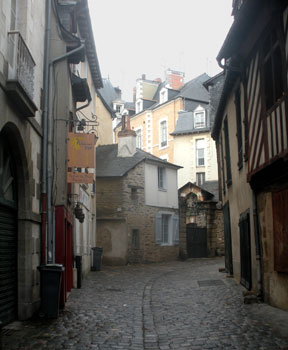
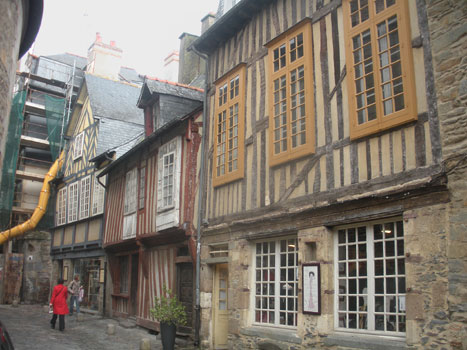
Following a suggested walking tour, we admired the Mordelles Gate (Portes Mordelaises), the remaining element of the old walls.
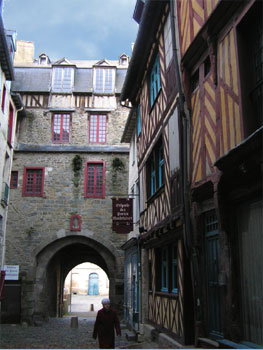
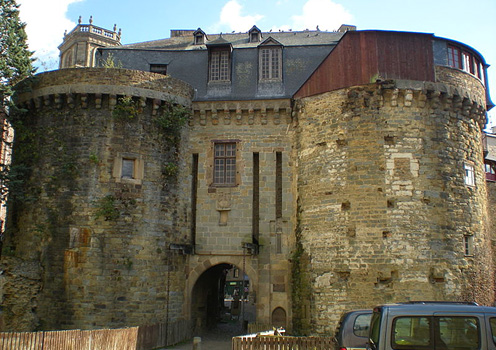
Nearby, the Place des Lices with its market halls surrrounded by classic buildings was quiet and deserted on a week day.
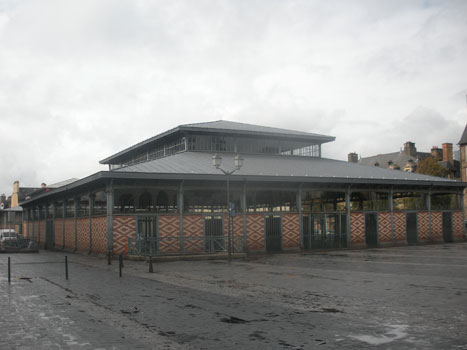
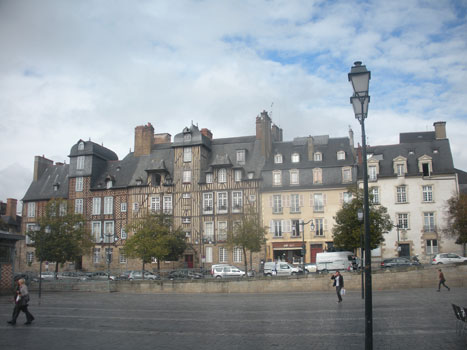
The charming Place Saint-Anne was more lively with its cafes and shops.
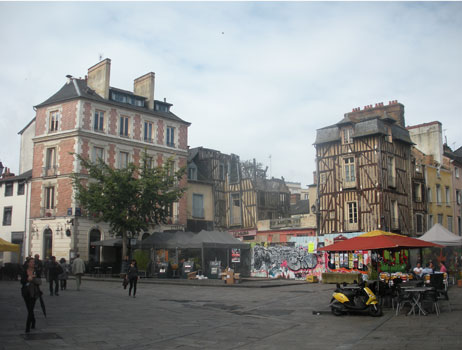
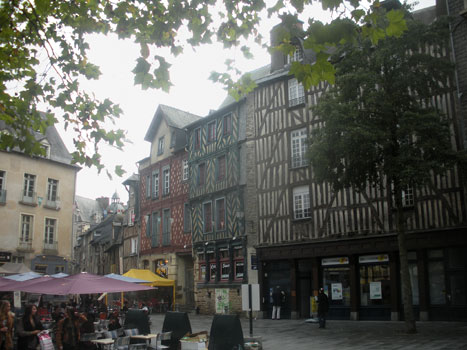
Grander architecture abounded, too. The Saint George Palace (Palais Saint-Georges) was formerly (before French Revolution) the Benedictine Abbey of Saint George (Abbaye Saint-Georges de Rennes). The carefully tended formal gardens were a delight!
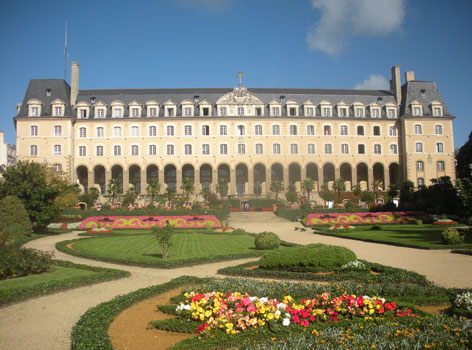
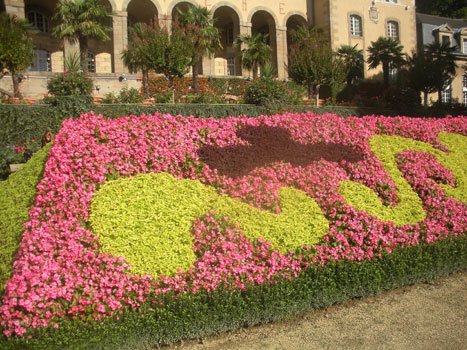
The Place de la Mairie with the Opera along one side and the Hotel de Ville opposite offered a pleasant gathering place for folks.
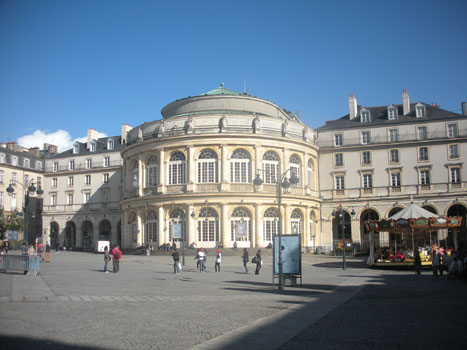
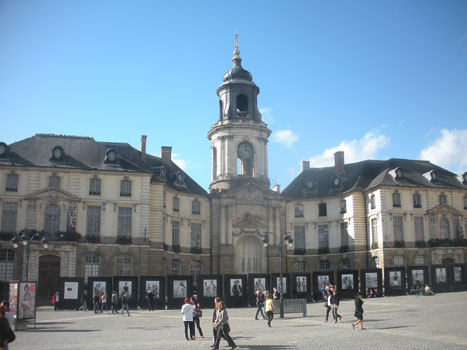
The Ecole Lycee, site of the Dreyfus trials with it's sister buildings
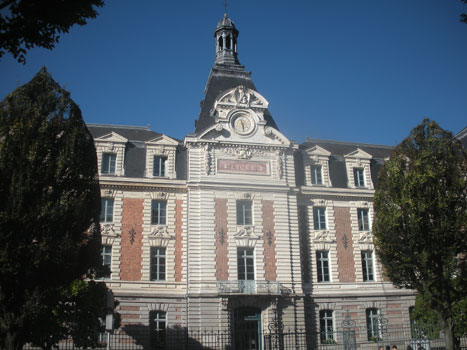
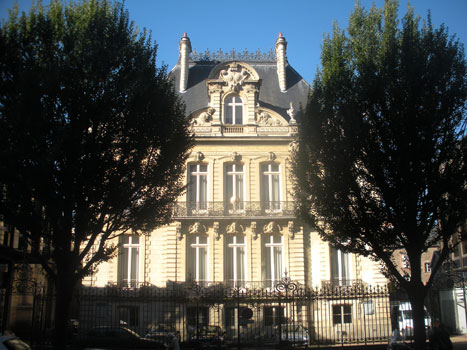
Perhaps even more elegant was the Parlement of Brittany. Following a terrible fire in 1994, the building was lovingly restored and now looks much as it must have in 1655 when the original construction was completed.
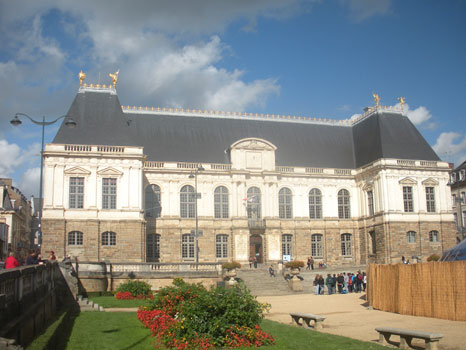

The Rennes Cathedral (Cathédrale Saint-Pierre de Rennes) with its glorious interior and Basilica of Notre-Dame-en-Saint-Melaine offered sacred places,
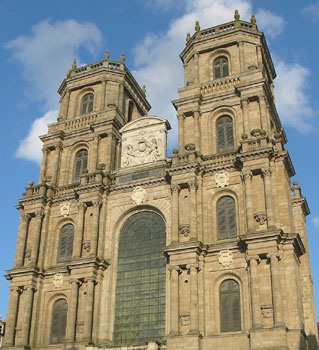
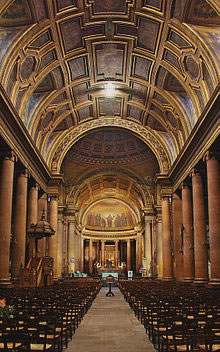
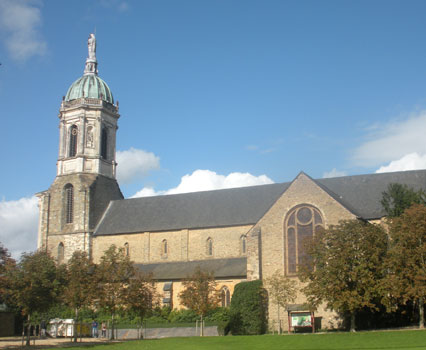
... while the Jardin botanique du Thabor and Parc du Thabor offered natural world connections for residents.
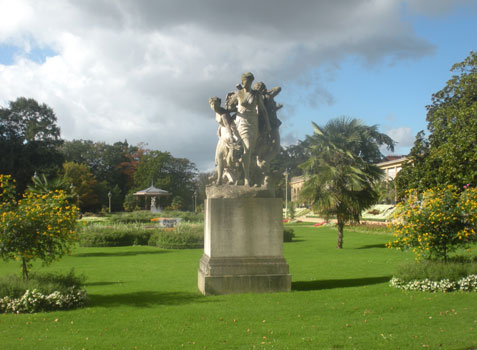
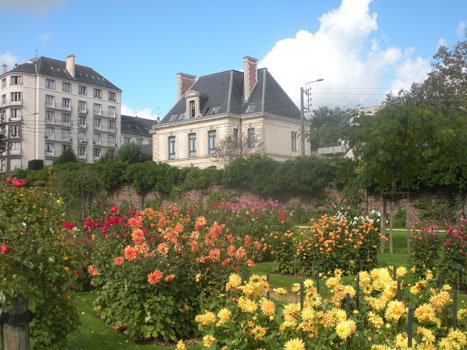
With a student population of 60,000, Rennes is also a youthful city. We rode the Metro to Le quartier Villejean - Beauregard to stroll through a village center surrounded by university buildings and apartments. Although mostly high-rise, this area had a comfortable, walkable feel to it, quite different from Caen University's institutional sprawl.
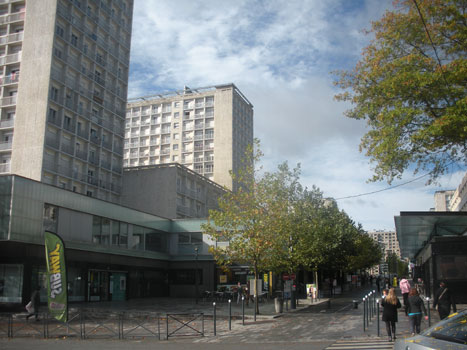
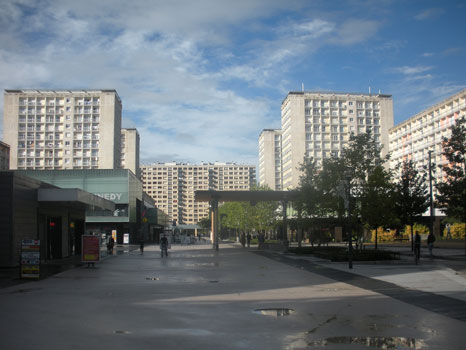
Mobility options included the one line Metro and a system of buses that connected at a downtown center. The displays in the bus were very informative, advising passengers of the bus and tram connections at the next stop, and even the number of velos (bicycles) that were available to hire from the handy kiosks at the upcoming stops!

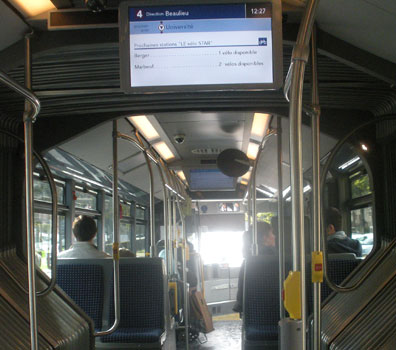
A visit to the Musee de Bretagne was an essential element of our stay in Rennes. The musee occupied a portion of the amazing Champs Libres building, a cultural centre that also was home to the Biblioteque and the Espace des Sciences. This musee covered the history of Britanny from prehistoric times to the present in a compelling and engaging way.
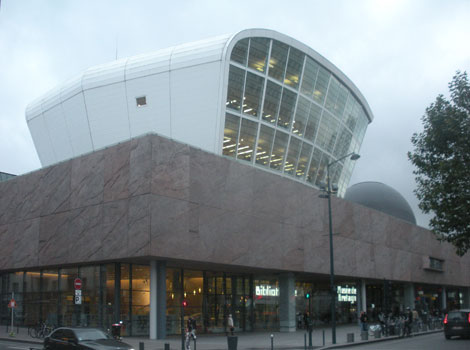
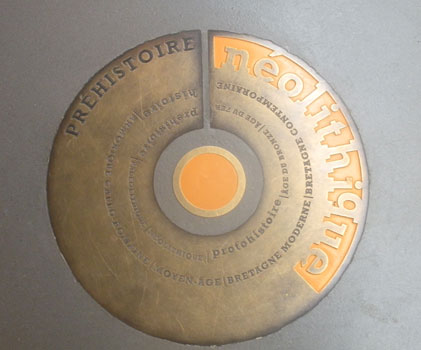
Click here to take a virtual visit, but with French captions! (opens in a new window)
Saturday morning, we braved a few rain showers to return to the Place Lices for the Saturday Market. The quiet market buildings had been transformed into a lively and colorful extravaganza of flowers and every imaginable food! Not having a kitchen, we settled for buying snacks and fruit.
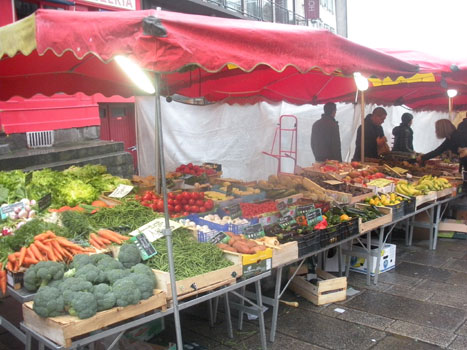
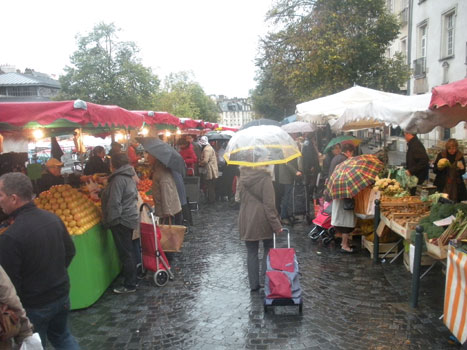
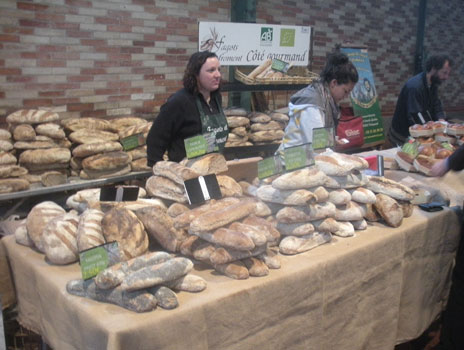
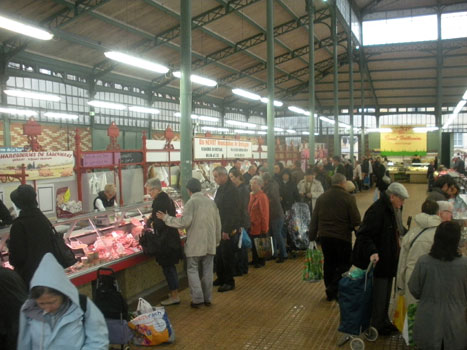
We found Rennes to be quite people friendly and have already started to think about when we might return.
Click here to return to our 'A Tale of Four Cities of France' page
Click here to return to our 'Fall 2012 - Encounters with Ike, Claude, William and Ernest' page
![]()